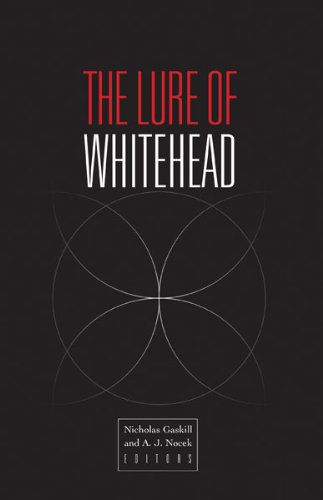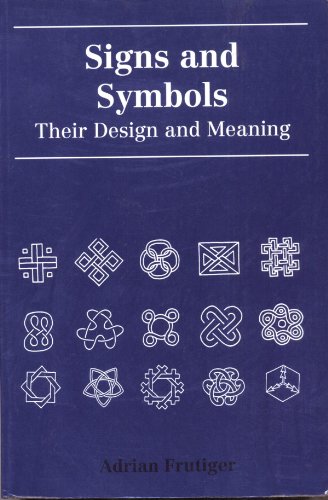Nicholas Gaskill, A. J. Nocek (eds.): The Lure of Whitehead (2014)
Filed under book | Tags: · abstraction, bifurcation, consciousness, constructivism, creativity, difference, ecology, feeling, god, immanence, life, mereotopology, metaphysics, nature, ontology, perception, philosophy, posthuman, science, society, subject, temporality, time, vitalism

“Once largely ignored, the speculative philosophy of Alfred North Whitehead has assumed a new prominence in contemporary theory across the humanities and social sciences. Philosophers and artists, literary critics and social theorists, anthropologists and computer scientists have embraced Whitehead’s thought, extending it through inquiries into the nature of life, the problem of consciousness, and the ontology of objects, as well as into experiments in education and digital media.
The Lure of Whitehead offers readers not only a comprehensive introduction to Whitehead’s philosophy but also a demonstration of how his work advances our emerging understanding of life in the posthuman epoch.”
Contributors: Jeffrey A. Bell, Nathan Brown, Peter Canning, Didier Debaise, Roland Faber, Michael Halewood, Graham Harman, Bruno Latour, Erin Manning, Steven Meyer, Luciana Parisi, Keith Robinson, Isabelle Stengers, James Williams.
Publisher University of Minnesota Press, 2014
ISBN 9780816679959
ix+427 pages
Review: Ronny Desmet (Constructivist Foundations, 2015).
PDF (updated on 2021-3-9)
Comment (0)Adrian Frutiger: Signs and Symbols: Their Design and Meaning (1978–) [EN, FR, BR-PT]
Filed under book | Tags: · design, graphic design, ornament, print, sign, text, typography, writing

“Universally-recognized signs and symbols have always been among the most important elements of communication. By why is it that certain configurations of dot and line, and certain primary shapes, are perceived and remembered more easily than others? Taking the six faces of dice as his starting point, Frutiger writes about signs and symbols in general and the development of writing in particular. Throughout, he relates the basic principles and components of graphics to a wide range of historical, physical, linguistic and practical considerations. He embraces everything from Egyptian hieroglyphics to modern company logos in his intriguing analysis of the way that humans have always tried to express thought and communication through graphic means. This standard work is aimed at all those concerned with graphics, design, ornament and communication in general.”
Originally published as Der Mensch und seine Zeichen, 3 vols., Weiss Verlag, Dreieich, 1978-81.
English edition
Translated by Andrew Bluhm
Publisher Van Nostrand Reinhold, New York, 1989
ISBN 0442239181
360 pages
WorldCat (EN)
Signs and Symbols: Their Design and Meaning (English, trans. Andrew Bluhm, 1989, low res, 39 MB)
L’Homme et ses signes: signes, symboles, signaux (French, trans. Danielle Perret, 2nd ed., 1999/2014, 5 MB)
Sinais e símbolos: desenho, projeto e significado (BR-Portuguese, trans. Karina Jannini, 2nd ed., 1999/2007, 59 MB, added 2016-8-3)
See also Frutiger’s Type Sign Symbol, 1980.
Comment (1)Darren Wershler-Henry: The Iron Whim: A Fragmented History of Typewriting (2005)
Filed under book | Tags: · history of literature, literature, media archeology, typewriter, writing

“The Iron Whim is a history of writing culture and technology. It covers the early history and evolution of the typewriter as well as the various attempts over the years to change the keyboard configuration, but it is primarily about the role played by this marvel in the writer’s life. Darren Wershler-Henry populates his book with figures as disparate as Bram Stoker, Mark Twain, Franz Kafka, Norman Mailer, Alger Hiss, William Burroughs, J. G. Ballard, Jack Kerouac, Hunter S. Thompson, Northrop Frye, David Cronenberg, and David Letterman; the soundtrack ranges from the industrial clatter of a newsroom full of Underwoods to the more muted tapping and hum of the Selectric. Wershler-Henry casts a bemused eye on the odd history of early writing machines, important and unusual typewritten texts, the creation of On the Road, and the exploits of a typewriting cockroach named Archy, numerous monkeys, poets, and even a couple of vampires. And by broadening his focus to look at typewriting as a social system as well as the typewriter as a technological form, he examines the way that the tool has shaped the creative process.”
Publisher McClelland and Stewart, Toronto, 2005
ISBN 0771089252
331 pages
Reviews: Joshua Glenn (New York Times, 2007), Christine Mitchell (Canadian Journal of Communication, 2009), Karl Jirgens (Canadian Literature, 2011).
PDF (3 MB)
Comment (0)
